If you hear the term “open-source,” you might think of Linux. However, Linux distros aren’t the only open-source operating systems. There are plenty in use today besides Linux. Some date back to even before Linux existed.
9
Plan 9 From Bell Labs
Plan 9 From Bell Labs, named after the sci-fi B-movie Plan 9 From Outer Space, was an attempt to reimagine what an OS could be. Headed by Rob Pike and other members of the original Unix team, Plan 9 took Unix’s “everything is a file” concept and went beyond it. Network servers could be explored by navigating the file system as you could on a local machine.
One of Plan 9’s biggest goals was to build a distributed operating system. PCs and workstations served as terminals to access compute servers and file servers. You can read all about it in the original paper describing the system from the early ’90s. Attempts to commercialize it faltered because Unix, Windows, and later Linux machines were too entrenched, but it has influenced a lot of modern OSes, including Linux. It was later open-sourced, and you can still run it today.
8
Haiku
Haiku is an open-source recreation of BeOS. BeOS, created by Be, headed by Jean-Louis Gassée, formerly at Apple, was a radical reinvention of the operating system. BeOS was notable for its affinity with multimedia and its support for multiple processors when PCs generally only had one CPU. The only multicore machines were typically behemoth servers. Despite attracting a cult following, BeOS eventually disappeared when Be was acquired by Palm.
An open-source community has taken to resurrecting BeOS in the form of Haiku. If BeOS was like the original Unix, Haiku could be like Linux.
7
Minix
Minix was created by computer scientist Andrew Tanenbaum to accompany a textbook he’d written on operating systems. The system was originally created to illustrate microkernels, or kernels that move a lot of functionality out into separate servers. While Minix built up a small community around it because it came with the book with complete source code for a relatively low cost, it also became known when a Finnish computer science student named Linus Torvalds was inspired to create his own kernel after reading the book, in between rounds of Prince of Persia. This effort grew into Linux.

Related
How This Classic Video Game Helped Spread Linux
Who says playing games is a waste of time? It may be the reason you dual-boot Linux.
Tanenbaum later retooled Minix into an attempt to create a super-reliable system and fully open-sourced Minix.
6
HelenOS
Similar to Minix, HelenOS is primarily a research project for building a microkernel-based OS. But what you’ll likely notice is the retro user interface that’s inspired by Windows 3.1 and 95.
HelenOS is fun to play with, but it’s probably not ready for use as a daily driver. It’s got some interesting ideas about how to implement processes, but this will mainly be of interest to serious geeks who are aware of how things normally work on Unix-like systems.
5
AROS
AROS stands for “AROS Research Operating System.” The name may be a recursive acronym, but it’s an attempt to recreate the famed Amiga operating system, AmigaOS. AROS aims for broad compatibility with AmigaOS, but it’s a complete reimplementation. One advantage it has over AmigaOS is that it runs on different types of computers, including regular PCs.
As with Linux, there are several versions of AROS available. One of them is AROS One. Other versions include Icaros, AROS Vision, and AspireOS.
4
ReactOS
If AROS is dedicated to reinventing AmigaOS, ReactOS tries to reimplement Windows in an open-source fashion. It also tries to mimic the classic Windows 9.x look-and-feel. Under the hood, it’s implementing the Windows NT strain, so it aims for compatibility with modern Windows versions.
In practice, development is slowed by the need for reverse clean room engineering to stave off lawsuits from Microsoft. Microsoft’s APIs are also a moving target, so developers often find themselves having to start from scratch.
Still, you can download and run images of ReactOS. I found it to be quite usable. It even includes a Solitaire game, which is something that has been omitted from more recent Windows versions, at least in an ad-free version.
3
FreeDOS
While ReactOS aims to recreate Windows NT, see if you can guess what FreeDOS is trying to reimplement. FreeDOS is an obvious clone of MS-DOS. The single-tasking, single-user MS-DOS. The DOS with the 640k barrier, unless you run a memory manager (which it does include).
Why would you want to run such an operating system in 2025? The most obvious reason is nostalgia. I grew up on MS-DOS, so it’s a fun trip down memory lane. You can run old business software and, more importantly, games on modern or even vintage PC hardware if you don’t mind scrounging for new CMOS batteries. One practical use for me was reflashing the BIOS on a Linux-only netbook. Many BIOS utilities only work with DOS. You could also use it as a platform for embedded systems due to its simplicity compared to even minimal Linux distros.
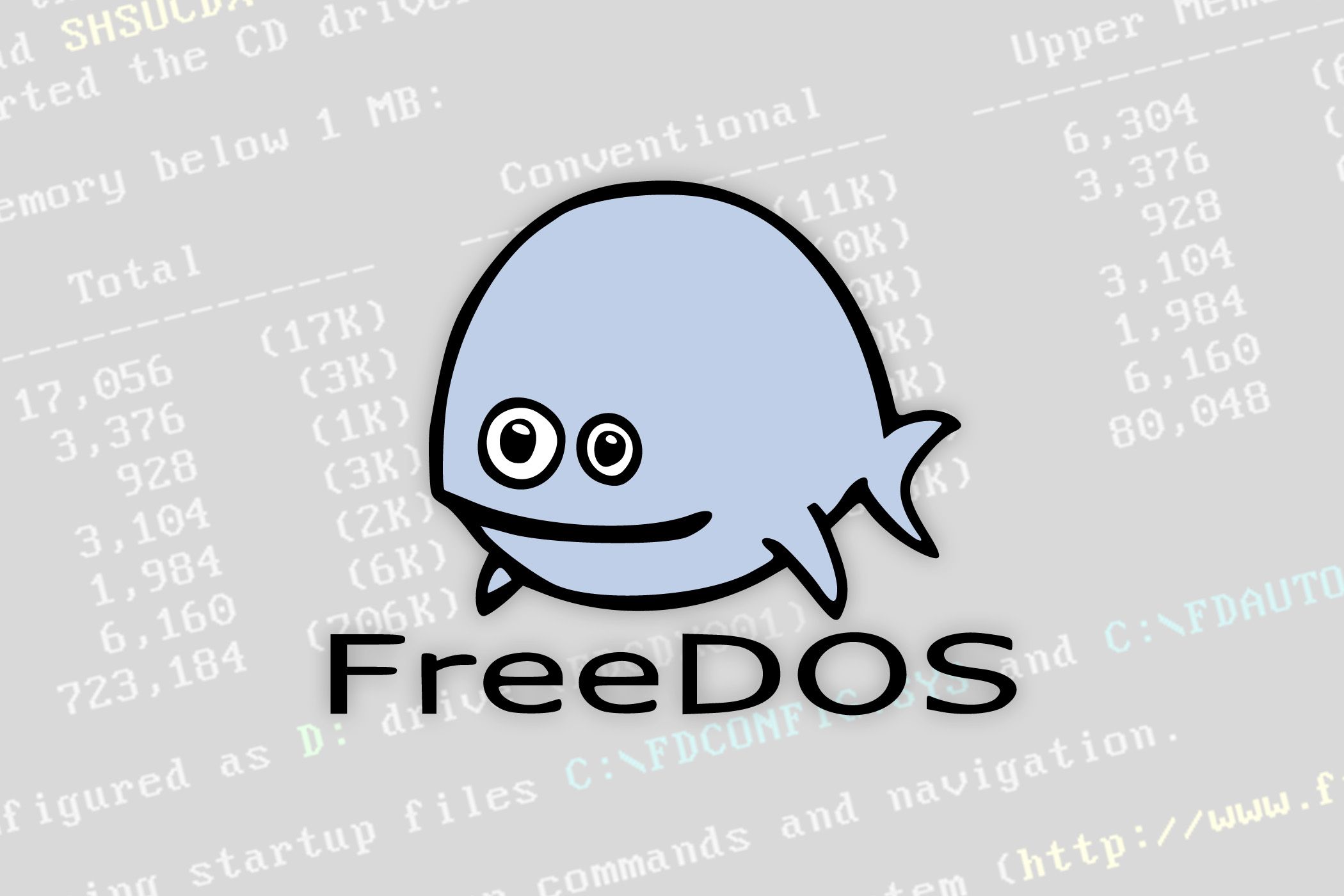
Related
FreeDOS 1.4 Has Arrived, Still Runs MS-DOS Games and Apps
The open-source alternative to MS-DOS just got a big update.
2
GNU Hurd
Before the Linux kernel existed, Hurd was the GNU Project’s first attempt to build a kernel for a free software operating system that gave anyone the ability to read and change the source code. Based on Carnegie Mellon University’s famed Mach kernel, Hurd is another attempt to build a microkernel-based kernel.
Unfortunately, the development of the kernel has been much slower than the developers originally intended. The Linux kernel leapfrogged Hurd, but it’s still an active project. Debian has made images of a Debian/Hurd distribution available, but it’s not yet stable for production work. The biggest hurdle appears to be the shortage of drivers, as most of the energy has shifted to Linux. I’ve only managed to make it to the installation screen in a VirtualBox VM. If you want to tinker with an OS in a virtual or spare machine, Hurd might be worth a look if you can get it to work.
1
The BSDs
Of the non-Linux open source OSes, the most prominent might be the BSDs. The BSDs collectively can trace their heritage to the Berkeley Software Distribution, created at UC Berkeley starting in the late 1970s. They modified the original Unix in ways that appealed to other universities. BSD was also popular on workstations because it was among the first major OSes to implement TCP/IP. This made it easy for these workstations to be networked and laid the groundwork for the modern internet.
Of the BSDs, FreeBSD is perhaps the best-known. It grew out of the 386BSD project to port BSD to PC-based hardware. When that project ground to a halt, a number of developers used the source code to create their own version. FreeBSD aimed to continue 386BSD’s attempt to primarily focus on PC and Intel hardware at the expense of other architectures. These days, FreeBSD runs on a variety of architectures. It’s best known for its file server abilities, with native support for ZFS. FreeBSD powers Netflix’s Open Connect content delivery network as well as the FlightAware flight tracking site.
NetBSD is another offshoot of the 386BSD project. Where FreeBSD initially focused on x86 computers, NetBSD aimed for portability, creating versions for nearly any computer architecture in existence. Want to run it on your PC? Sure, you can do that. Do you have some old machines, maybe even a Motorola 68000-based machine like an old Mac or Amiga? You can run NetBSD on that, too.
Maybe you even have a Digital Equipment Corporation VAX minicomputer? Yes, you can get NetBSD for that, too. NetBSD’s slogan is “Of Course It Runs NetBSD.” It’s even run on a toaster, as seen on Laughing Squid.
OpenBSD is the result of a dispute that NetBSD developer Theo de Raadt had with other members of the project. He split off and started his own system. OpenBSD is renowned for its focus on security. They claim to have only had a few remote holes in the system throughout its development. This is an impressive claim for any system, even an open-source one. Parts of OpenBSD have become popular in other places, like OpenSSH and the tmux terminal multiplexer.
DragonFlyBSD is a system that has made some radical changes to the standard BSD codebase. The system features the HAMMER2 filesystem with deduplication and snapshots for reliability. It also offers virtual kernels, where a kernel can run in user space rather than in the usual privileged mode. This makes it easier for developers to debug kernels.
Linux isn’t the only open-source OS. There will likely be more to come as developers want to try new ideas. If you want something different, there’s still plenty to explore right now.


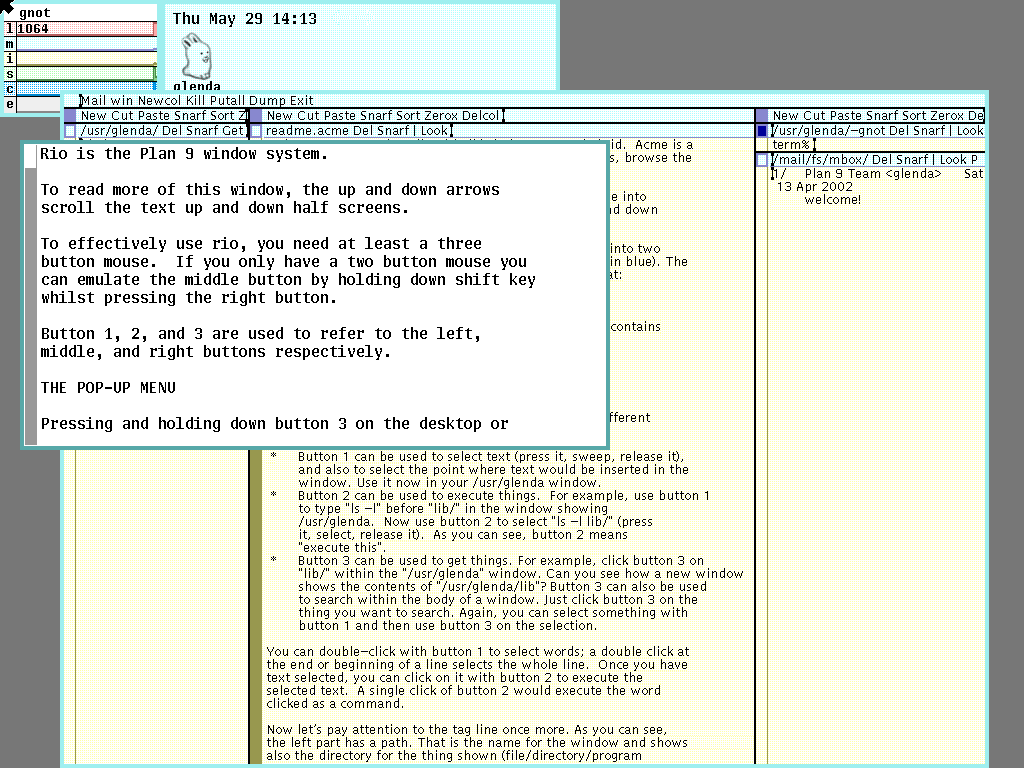

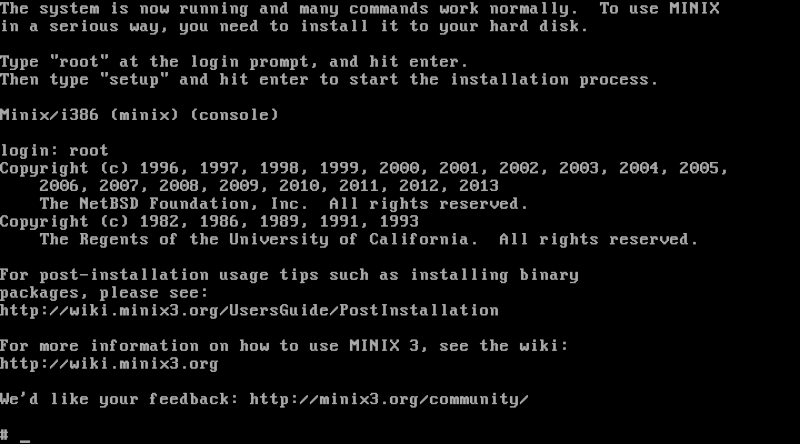
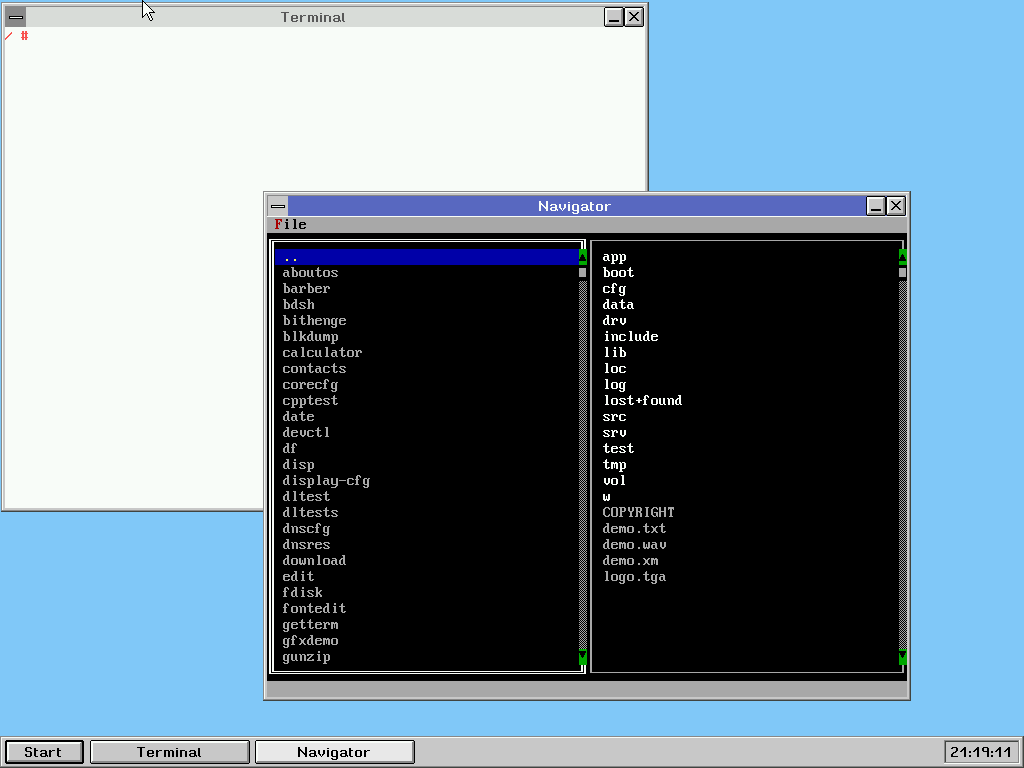
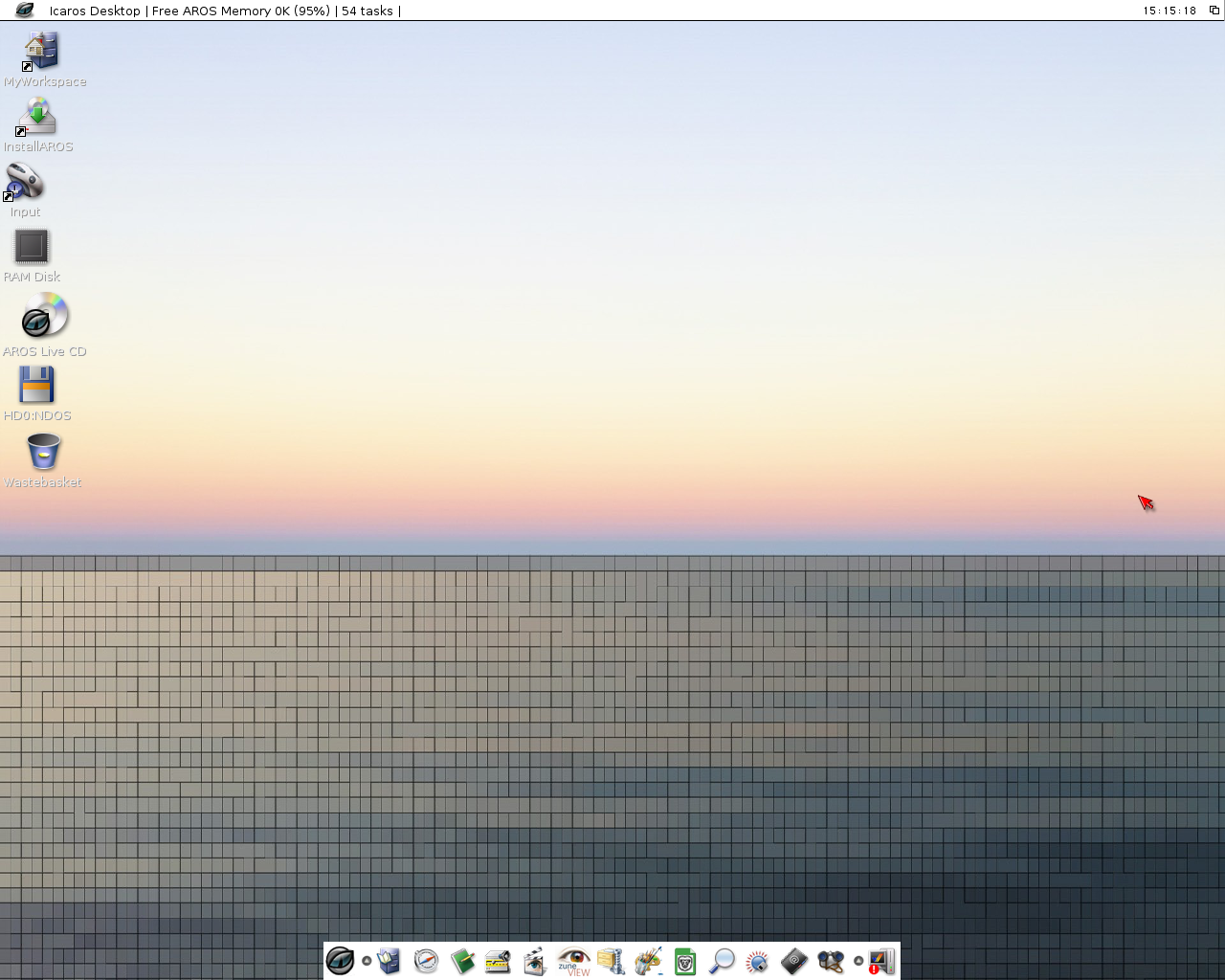
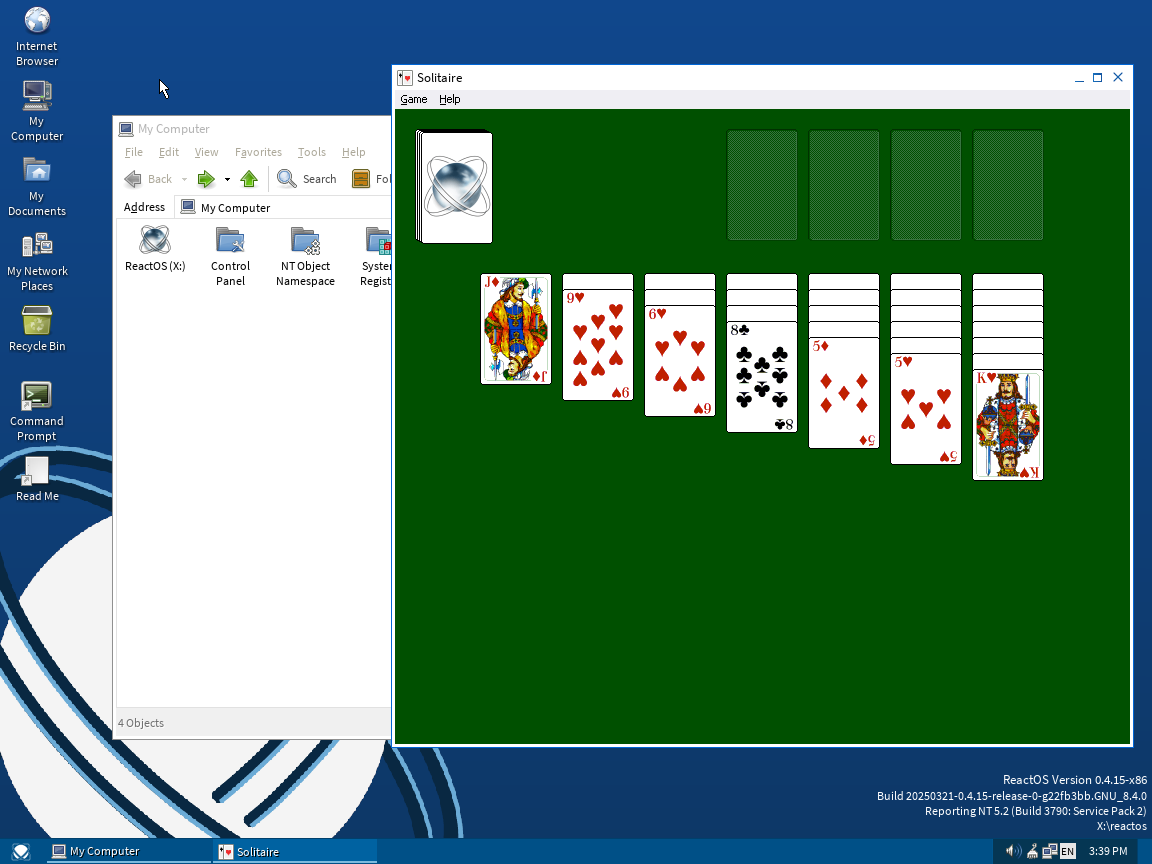
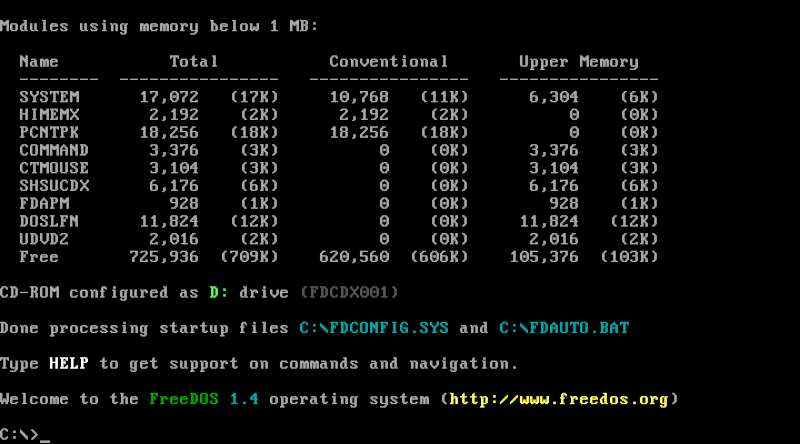

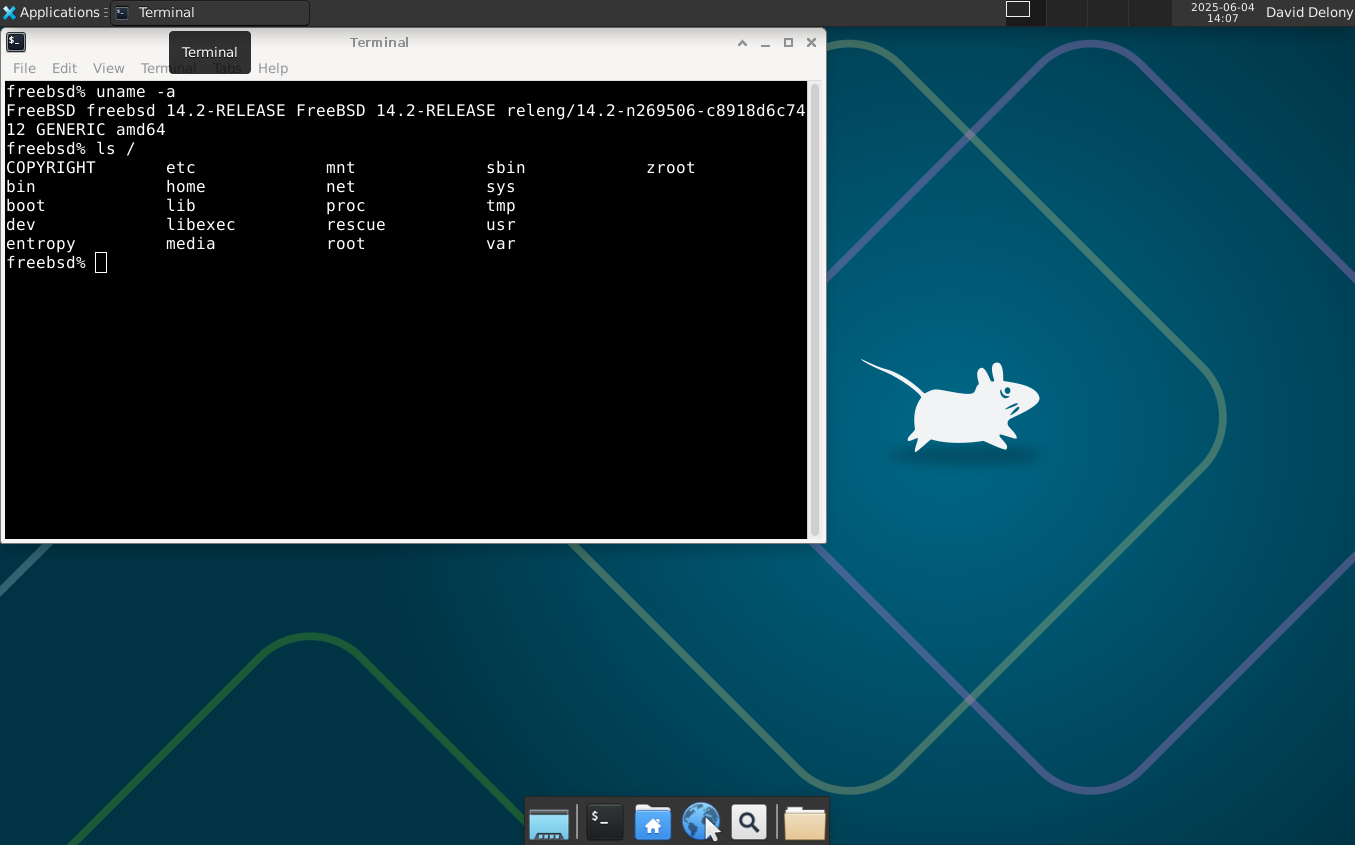





Leave a Comment
Your email address will not be published. Required fields are marked *